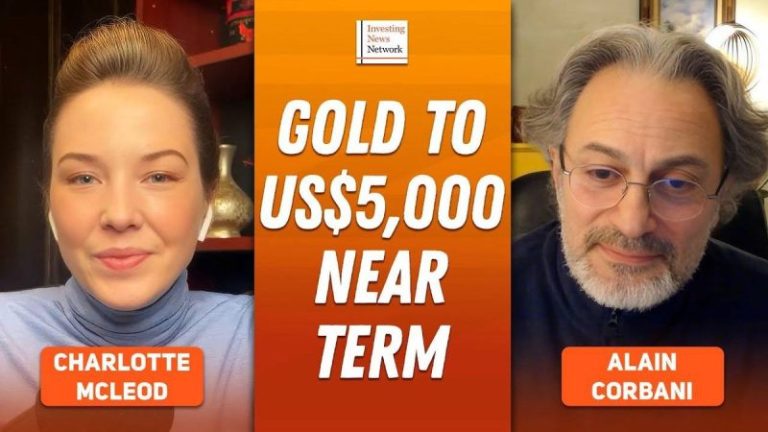The copper price climbed to a fresh record on Tuesday (January 6), with persistent supply disruptions and trade uncertainty pushing the metal to a nearly 30 percent rally since October.
Benchmark three month copper on the London Metal Exchange (LME) rose as much as 3.1 percent in early trading to an all‑time high of US$13,387.50 per metric ton before settling slightly lower, but still above US$13,200.
The jump marks another milestone in a rally that first saw copper breach US$12,000 late in December last year.
Copper is widely used across the industrial economy, from construction and power infrastructure to electric vehicles and data centers that support artificial intelligence growth. Analysts attribute the gains to a combination of production setbacks at major mines and heightened concerns that prospective US trade tariffs could further disrupt flows.
Large copper-mining operations such as Freeport-McMoRan’s (NYSE:FCX) Grasberg complex in Indonesia have faced challenges since last year, while a strike at Capstone Copper’s (TSX:CS,ASX:CSC,OTC Pink:CSCCF) Mantoverde mine in Chile has reduced output prospects in one of the world’s top copper‑producing nations.
The threat of new tariffs under the Trump administration has also shaped expectations. Traders have moved to ship refined copper into the US ahead of any potential levies, tightening supply elsewhere. Furthermore, data show copper stocks in Comex warehouses have jumped to more than 450,000 metric tons, well above last year’s levels.
Copper outlook for 2026
Market watchers expect many of the forces that drove copper through 2025 to persist.
Supply constraints are expected to remain acute this year as aging mines and capacity shortfalls weigh on availability. New projects such as Arizona Sonoran Copper Company’s (TSX:ASCU,OTCQX:ASCUF) Cactus project and the long‑anticipated Resolution mine in the US are still years from significant output.
Copper demand is projected to grow as the global energy transition accelerates.
“A huge amount of this tightness has to do with US tariff concerns,” she said.
China, the world’s largest copper consumer, is also shaping the outlook. Despite weakness in its property sector, the country posted economic growth and is expected to prioritize copper‑intensive sectors under its new five year plan.
Longer‑term projections from industry groups suggest structural demand growth will outpace supply additions.
A UN report estimates that copper demand could rise 40 percent by 2040, requiring substantial investment and new mines just to keep pace. Likewise, Wood Mackenzie forecasts that copper demand will increase 24 percent by 2035, while the International Copper Study Group predicts a refined copper deficit of 150,000 metric tons in 2026 alone.
Securities Disclosure: I, Giann Liguid, hold no direct investment interest in any company mentioned in this article.










